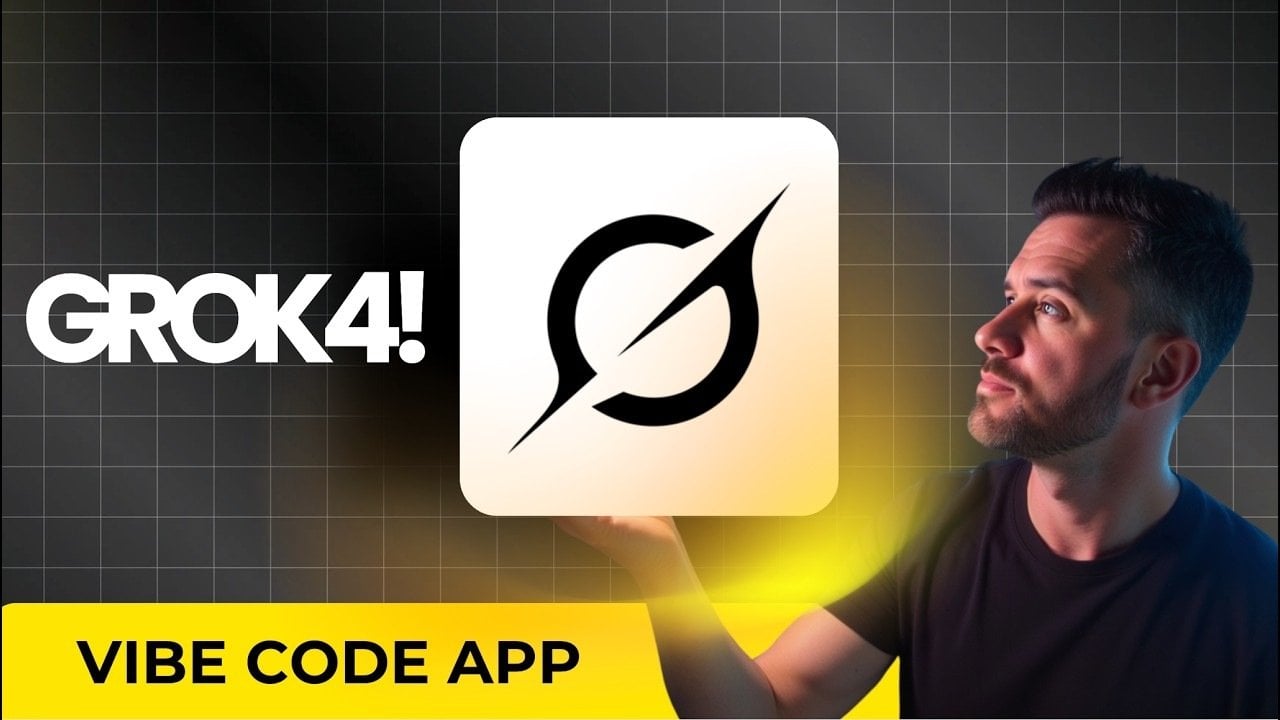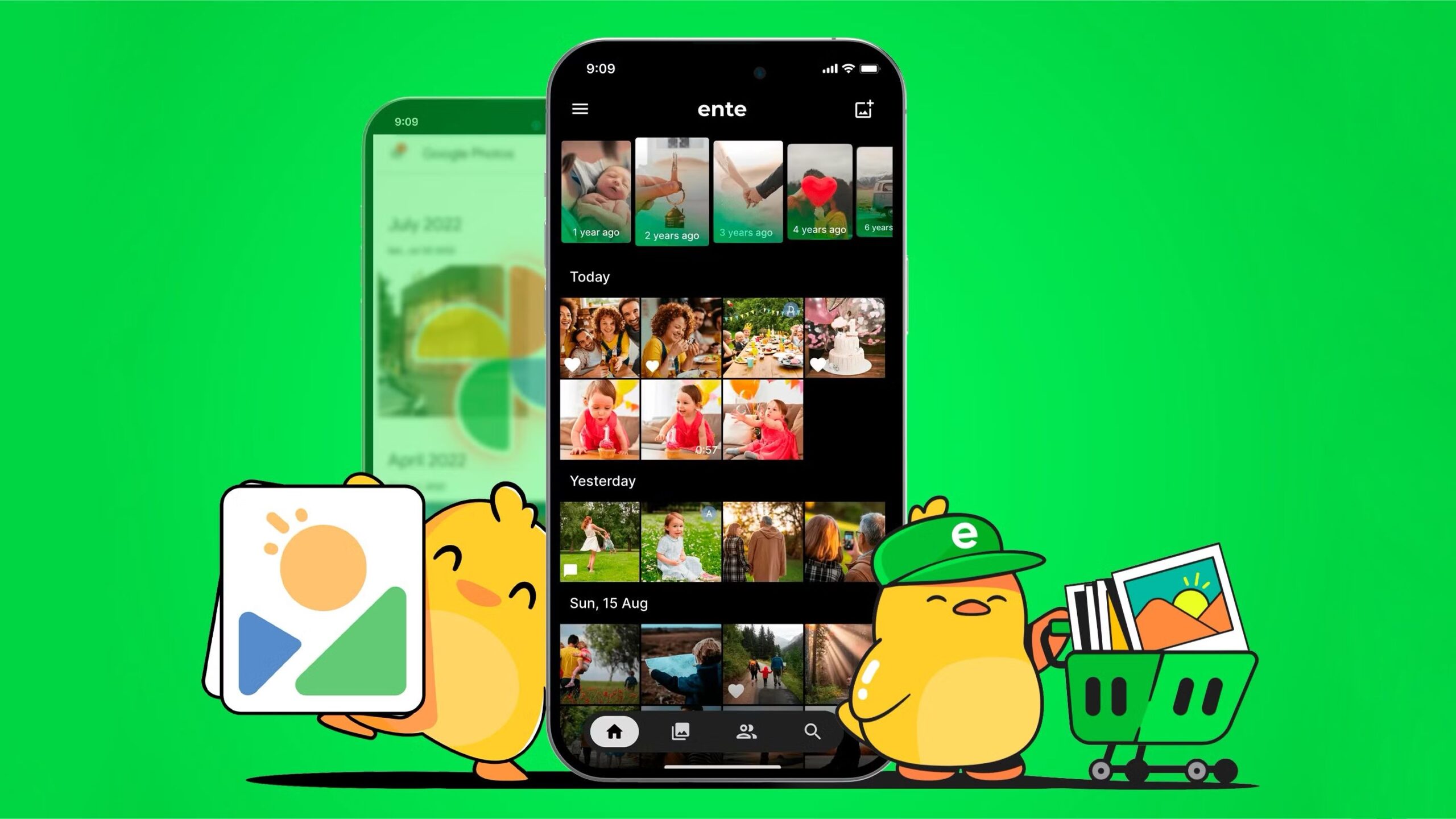What if the future of app development wasn’t just about coding skills but choosing the right AI collaborator? In a rapidly evolving tech landscape, the battle between AI models like Claude 4 and Grok 4 is reshaping how developers approach their craft. Imagine building a complex to-do app in record time, with one AI seamlessly handling tasks while another stumbles over integration issues. This isn’t just a hypothetical scenario—it’s the reality revealed in a recent head-to-head evaluation of these two advanced models. While both promise to transform development workflows, their performance and reliability tell two very different stories.
In this comparison, Rob Shocks uncovers how Claude 4 and Grok 4 stack up in critical areas like autonomous task execution, error handling, and integration stability. Whether you’re a seasoned developer or exploring AI-powered tools for the first time, this perspective will illuminate the strengths and limitations of each model. From Grok 4’s ambitious but inconsistent performance to Claude 4’s polished and dependable efficiency, the findings offer valuable insights for anyone seeking to streamline app development. As you read on, consider this: is it better to bet on potential or proven reliability?
Claude 4 vs Grok 4
TL;DR Key Takeaways :
- Claude 4 outperformed Grok 4 in app development tasks, showcasing superior efficiency, error handling, and integration stability.
- Grok 4, developed by xAI, offers a 128,000-token context window but struggled with integration stability and required frequent manual intervention.
- Claude 4 demonstrated consistent performance, completing tasks with minimal prompts and excelling in managing complex workflows autonomously.
- The evaluation highlighted the importance of Cursor, a task execution tool, where Claude 4 used it effectively, while Grok 4 faced challenges.
- Grok 4 shows potential for growth, with future updates expected to address its current limitations and improve its competitiveness in AI-powered app development.
Grok 4: A Promising Newcomer with Challenges
Grok 4, developed by Elon Musk’s xAI, represents a new entrant in the competitive AI landscape. It features a 128,000-token context window, allowing it to process extensive inputs, and is offered via subscription at $300 annually or $30 monthly. Integrated into Cursor, Grok 4 aims to simplify development tasks by using its advanced processing capabilities.
Despite its potential, Grok 4 encountered several challenges during testing. Its integration stability proved inconsistent, often requiring manual intervention to complete tasks. This lack of reliability in managing complex workflows limits its effectiveness in demanding development scenarios. While Grok 4 shows promise, its current iteration struggles to meet the expectations of developers seeking seamless and autonomous solutions.
Claude 4: A Mature and Reliable AI Model
Claude 4, in contrast, demonstrated consistent and robust performance throughout the evaluation. Renowned for its ability to autonomously execute tasks, it required minimal prompting and excelled in error resolution. Its seamless integration with modern tech stacks and its efficiency in handling complex workflows make it a standout choice for app developers. Claude 4’s maturity as an AI model was evident in its ability to deliver results with minimal disruptions, reinforcing its reputation as a reliable tool for development tasks.
Claude 4 vs Grok 4 : Comprehensive AI App Development Comparison
Below are more guides on AI-powered app development from our extensive range of articles.
Testing the Models: Building a To-Do App
The evaluation involved a practical test: creating an AI-powered to-do app capable of generating task plans. The tech stack used for this project included React, Next.js, Prisma, and Neon DB, all of which are widely used in modern app development. Both Claude 4 and Grok 4 relied on Cursor, a tool designed to assist in generating and executing development tasks.
The results highlighted key differences in their performance:
- Claude 4: Completed the app with fewer prompts, showcasing superior error-handling capabilities. It required minimal manual adjustments, streamlining the development process.
- Grok 4: Required additional troubleshooting and manual intervention, which slowed progress and exposed its limitations in managing tasks autonomously.
This test underscored Claude 4’s ability to handle complex workflows efficiently, while Grok 4’s performance revealed areas that need improvement.
Cursor Integration: A Crucial Component
Cursor played a pivotal role in the evaluation by structuring task execution and guiding workflows. Both AI models depended on Cursor to generate to-do lists and manage development processes. However, their ability to integrate with Cursor varied significantly:
- Claude 4: Used Cursor effectively, maintaining stability and efficiency throughout the development process.
- Grok 4: Struggled with integration stability, leading to interruptions and inefficiencies that hindered its overall performance.
The disparity in their performance with Cursor further highlighted Claude 4’s reliability and Grok 4’s need for refinement.
Key Performance Insights
The comparison between Claude 4 and Grok 4 revealed several critical insights into their capabilities:
- Autonomous Task Execution: Claude 4 excelled at completing tasks with minimal input, reducing the need for manual intervention and improving efficiency.
- Error Handling: Claude 4 demonstrated superior error resolution, making sure a smoother and more reliable development process.
- Integration Stability: Grok 4 faced challenges with tool integration, which negatively impacted its performance and usability.
- Potential for Growth: While Grok 4 shows promise, it requires updates and refinements to match Claude 4’s efficiency and reliability.
These insights emphasize the importance of selecting an AI model that aligns with the specific needs of app development projects.
Looking Ahead: The Future of AI Models in Development
As AI technology continues to advance, both Claude 4 and Grok 4 have the potential to evolve further. Grok 4’s upcoming code-optimized version may address its current shortcomings, particularly in integration stability and autonomous task execution. Such improvements could make it a more competitive option in the future.
Additionally, tools like Cursor, which are designed to be AI-agnostic, provide developers with the flexibility to integrate multiple models into their workflows. This adaptability allows developers to use the strengths of different AI models while mitigating their weaknesses. As the field of AI-powered app development progresses, developers can expect even more sophisticated tools and models that enhance productivity and innovation.
Media Credit: Rob Shocks
Latest Geeky Gadgets Deals
Disclosure: Some of our articles include affiliate links. If you buy something through one of these links, Geeky Gadgets may earn an affiliate commission. Learn about our Disclosure Policy.


